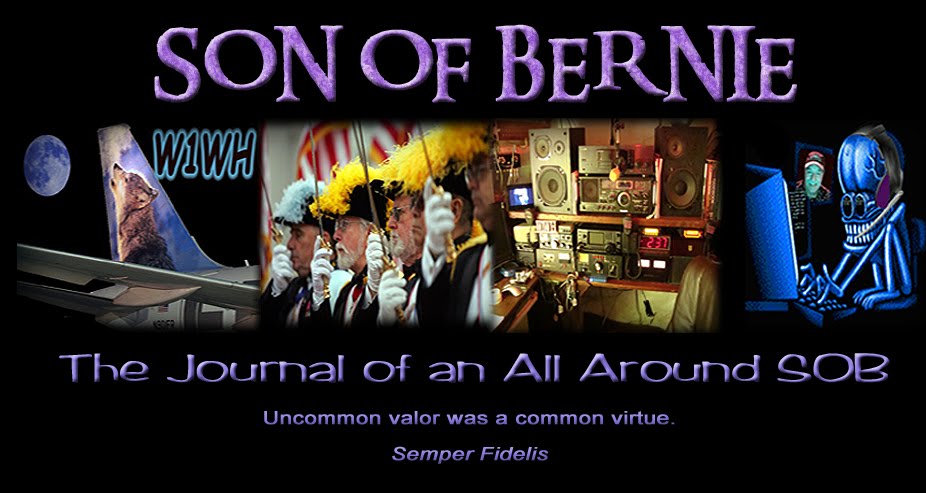Ham radio has changed since the early days. In those days, the pioneers of wireless were inventing something that didn’t exist in any previous form. They were at a technological disadvantage compared to hams today, but they had a freedom that doesn’t exist today. They could innovate without someone saying, “that’s not real radio” because no one had any preconceived notions about what real radio was.
Imagine for a moment that instead of devising an HF radio relay network, Maxim had invented a personal computer and a software program called the CW Skimmer. No one would have said, “hey that’s not fair, that’s cheating, that makes radio contacts too easy, you can’t use that”. If he had invented the Internet and the personal computer and had found some clever way to merge ham radio with the Internet no one would have protested that making contacts with stations on the other side of the globe was “too easy”.
That would have been true because instant, global communication wasn’t available. Anything was better than nothing and few would have complained about easier communication methods and after all, that was precisely what these trailblazers were trying to achieve.
Now fast-forward to modern times. Personal communications are ubiquitous. For our generation, radio has truly become just a hobby. And since global communication is now cheap, easy, and reliable, we have to make a game of it for it to be interesting. We create our own challenges and try to overcome them. DXCC is the quest to confirm 100 entities via radio. These contacts can be absolutely banal with only the barest minimum of data exchanged to make it a legal contact — and we predetermined what legal means in this context.
A recently licensed ham captured the essence of the thing in four short sentences. He wrote that “the ham radio operator is like MacGyver. Bad guys put him in a tough situation, then he uses clever methods to get himself out of those tough spots. Except in ham radio, it is the radio operator who puts himself in these tough spots and then devises clever means to get himself out.”
Think about it – somewhere right now there is a guy carrying a three watt, battery-powered, CW transceiver to the park where he will launch a 33 foot hunk of wire over a tree limb and proceed to make six or eight contacts. He will shortly pack all that gear up and go home where he will update his blog with what a wonderful afternoon he just enjoyed. He put himself in a tough spot, what with the low power, the menial antenna and the contacts that were nothing more than “TKS 579 BCNU 73”. Yet his ability to prove to himself that he could do such a thing brings him joy.
And you know what? If that ever becomes too mundane for him, he will lower the power, use a smaller antenna, try a different band, work from a more remote and radio unfriendly location, bounce his RF off the surface of the moon – whatever it takes to put himself back in that tough spot just so he can claw his way out. After all, he is MacGyver and he is the master of the tough spots.
If you're a ham, it’s highly likely that you already understand this concept. The methods of personal communication that are available to everyone are wonderful and I won’t go anywhere without my BlackBerry. But there’s nothing “MacGyver” about it at all.
For that, you need ham radio.
(Excerpted from Smoke Curls by Jeff Davis, KE9V).



